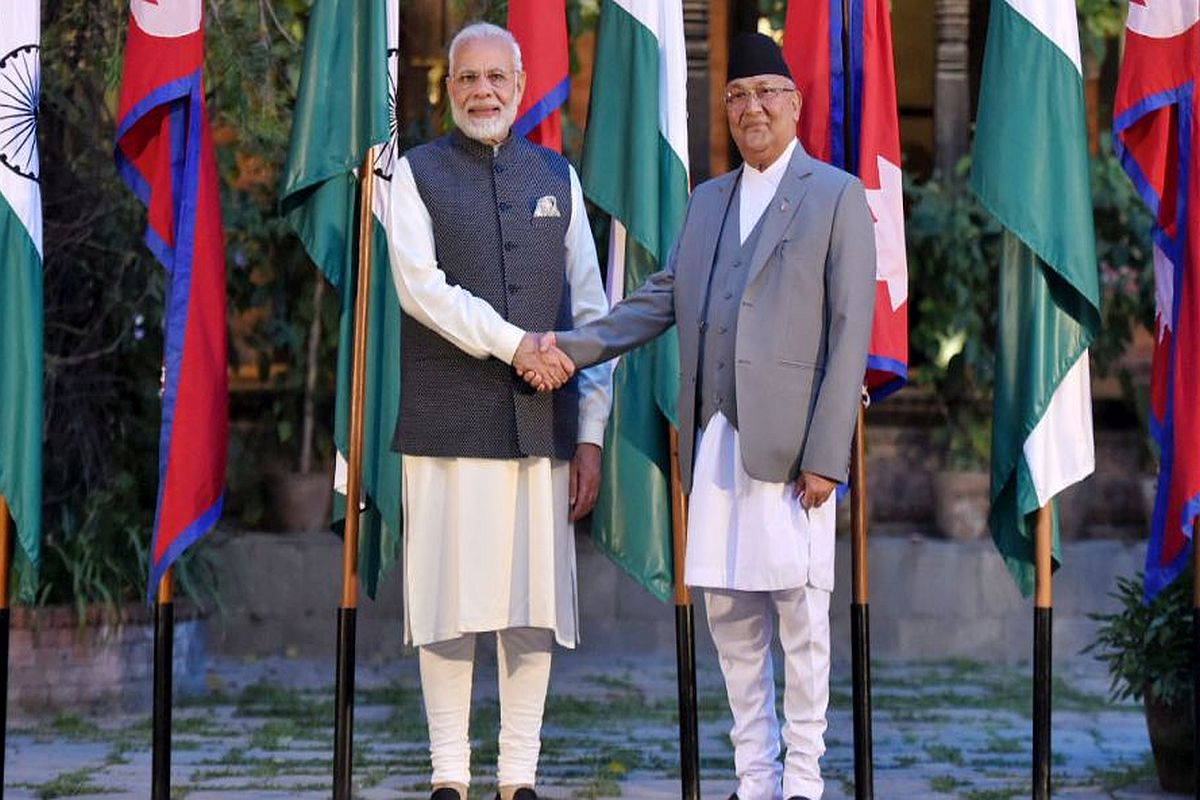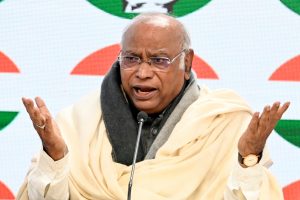There is an overly simplistic, inadequate, and convenient logic of citing ‘coideology’ between the Communist governments in Kathmandu and Beijing to explain the growing proximity between Nepal and China, at India’s cost. As Delhi’s relations sour in the neighbourhood, ‘coideology’ has joined the ranks of the linear rationale of implied ‘specific-religiousity’ to justify the increasing dissonance with traditional allies like Bangladesh and now, Nepal.
This facile and politically driven narrative allows Delhi to obfuscate the more complex and nuanced reality besetting bilateral relations, whilst satisfying internal cadres of the inevitability of bilateral relationships ~ crucially hiding the missteps and mishandling of the relationship by the dispensation in India.
Advertisement
That the Chinese Ambassador to Nepal, Ms Hou Yanqi, is flitting busily in an extra-ambassadorial role to salvage the beleaguered Communist government in Kathmandu is a fact and a consequence of the situation that regressed between India and Nepal, and not necessarily the primary reason for Nepal’s sharp tilt towards China. True to the fabled speed of Chinese diplomacy, Ms Hou Yani personifies the apostle of realpolitik i.e. China, that exploits any opportunity or ‘opening’ it senses, especially in the South Asia region, where it is mired in a more intense fight of incrementalism against India.
To suggest that the strained relations between India and Nepal only arose with the advent of the Communist parties on the Nepali mainstream is untrue. All four broad eras of Nepali political power i.e. Rana regime, Shah monarchy, Nepal Congress and other political parties, to now the Communist parties ~ have had understandings, misunderstandings and concerns with India, at some stage or the other. To posit seamless ‘normalcy’ prior to the Communist parties would require the overlooking of recurrent Nepali concerns on the 1950 Indo-Nepal Treaty of Peace and Friendship, contentious removal of the Indian Military mission from Nepal, Kathmandu’s instinctive reaction seeking a ‘Zone of Peace’ after India’s annexation of Sikkim and 1989-90 tensions that led to decoupling of currencies and ‘blockade’ etc.
In the last seven decades the Indo-Nepal realm has seen its share of ups and downs, though admittedly the situation has now deteriorated to unprecedented lows ~ earlier the internal-governmental disagreements did not seep into the conscience of the common man as the citizenry was spared the political poison. However today that animus, distrust and vengefulness is felt on the streets. If China was selectively used as a ‘counterweight’ to India’s occasional belligerence, the Nepali citizenry did not bear empathy towards the Chinese with whom they had minimal cultural-civilisational religious- social-linguistic cognancy, unlike with India. Today, endorsing the ‘counterweighting’ of India with China has aggravated to dangerous levels of societal acquiescence and preferences.
It is important to remember that like their rival opposition party, Nepal Congress, the Communist parties in Nepal owe their genesis, nurturing and inspiration to the Communist movement in India, and not China. The first Communist Prime Minister of Nepal, Man Mohan Adhikari, was like any other founding member of the Communist movement (e.g. Pushpa Lal Shrestha who is hailed as the father of Nepali communism), who spent considerable time in India, participated in the Quit India movement and was jailed for the same. Much later the guerilla Jhapa movement in Nepal was to be inspired by the classwar of the Indian Naxalite movement, rather than the Chinese model.
Even the currently sparring colleagues, Prime Minister KP Sharma Oli and the Chairman of Nepal Communist Party, Pushpa Kamal Dahal Prachanda, had little if any support, or meaningful benefaction from Beijing, in the rise of the red flag over Nepal. Owing to internal politics, intrigues and necessities of posturing their ideological differentiation from the ostensibly pro-India Nepal Congress, the Communist leadership did publicly declare a more ‘balanced’ international equation, but that did not axiomatically tantamount to a ‘anti-India’ position. Ironically today, within the Communist intraparty fractures, a ‘Maoist’ leader like Prachanda is considered ‘pro-India’, whereas a leader with a supposedly more moderate Communist outlook like Oli is swerving extremely towards China ~ this is the paradox of Nepali politics that needs consideration and not blanket suppositions, as professed by Delhi.
In a quest to assert its own political muscularity and oneupmanship, Delhi had fanned the subliminal fears of ‘interference’, when it questioned the tenets of the new constitution of Nepal on behalf of the Nepali Madheshis and then, as claimed by Nepal, enforced a humiliating ‘blockade’.
The signs of Delhi’s intransigence and diplomatic hubris had gained currency with its condescending support during the Nepal earthquake and refusal to accept the Indian currency in Nepal, post-demonitisation ~ but the ‘blockade’ was perhaps the tipping point for the landlocked nation and people who have remained proudly independent, since recorded history.
Kathmandu’s own opportunistic flirting and teasing by signing the Chinese largesse (debt-trap, more realistically) via the Belt and Road Initiative, did not help matters, but perhaps Delhi could have played ‘big brother’ more delicately, maturely and generously than the blunt and intimidating posture adopted against a traditional ‘ally’; the generosity of spirit was replaced by Delhi’s perceived smallnessof- spirit that continued with the provocative bravado that bore notions of a bullying ‘big brother’. China was never materially relevant to the Nepali Communist movement, India was. When Indian politicians pandered to their own visions of ‘arriving on the world stage’, we ham-handedly pushed the Nepalis into the waiting and willing arms of the Chinese.
Till last year, the Chinese Ambassador’s attempts at charm offensives included a literal personal dance performance on a Nepali song at a function at the Chinese Embassy ~ today, that Ambassador has the rival factions of the Nepali Communist leadership dancing to her tune and abiding by her decisions, to fall in line.
India must do a more honest introspection of where it lost the battle of perceptions to the Chinese, what was the tenor of its messaging, and how was it getting deciphered in Nepal? To only blame ‘co-ideology’ is to economise with the truth, and to as usual find a convenient scapegoat ~ clearly, this naïve approach may cut ice with the domestic cadres in India, but India is also running out of allies in the neighbourhood.
The writer IS Lt Gen PVSM, AVSM (Retd), Former Lt Governor of Andaman & Nicobar Islands & Puducherry
















